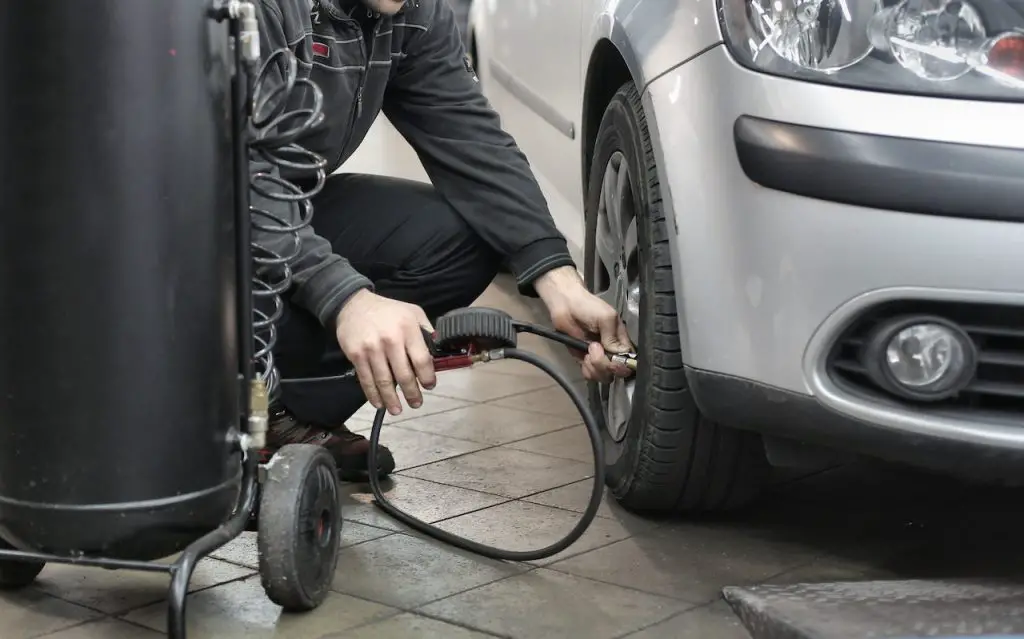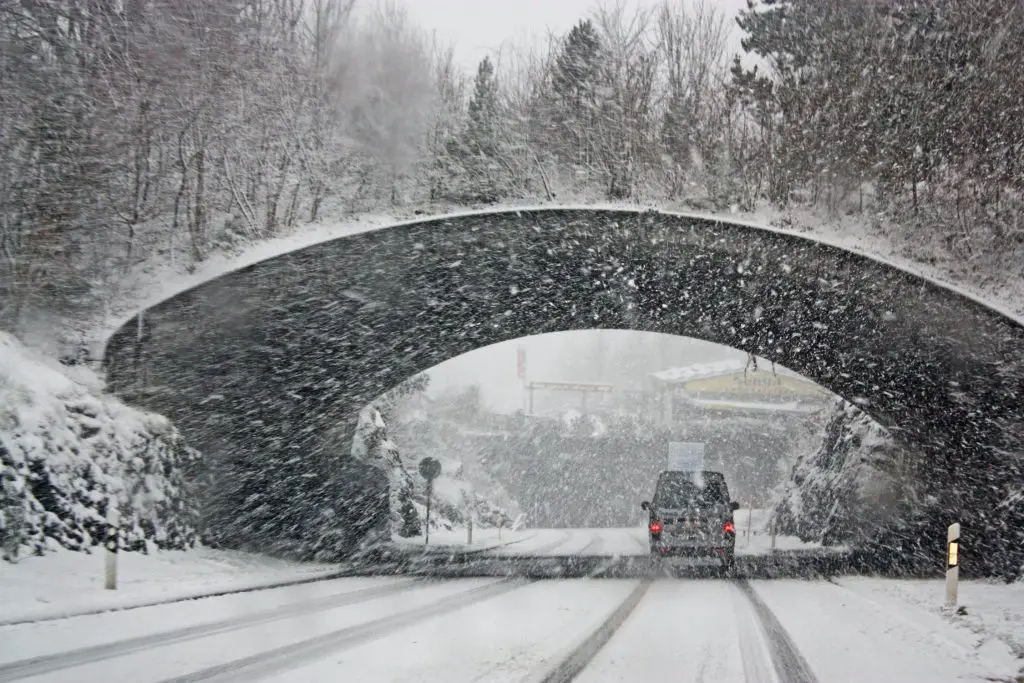As a driver, you’re probably aware of the saying, “Road safety is everyone’s responsibility.” But what can you do when other people on the road don’t behave responsibly? Become a safer driver yourself.
Contents
- 1 Steering Clear of Danger: 7 Proven Steps to Become a Safer Driver
- 1.1 Avoid Distractions and Stay Focused on the Road
- 1.2 Always Drive Sober – But Here’s What to Do if You Get a DUI
- 1.3 Watch Out for Others, Including Pedestrians and Cyclists
- 1.4 Say No to Aggressive Driving
- 1.5 Keep Your Vehicle Well-Maintained
- 1.6 Avoid Driving in Adverse Weather Conditions
- 1.7 Be Prepared for Emergencies to Become a Safer Driver
- 2 In Conclusion
Steering Clear of Danger: 7 Proven Steps to Become a Safer Driver
After all, most people believe they’re much better drivers than they actually are, so it makes sense for everyone to brush up on their driving skills.
Here are seven friendly tips that can help you become a better, safer driver and feel more confident on the road, no matter what other motorists are up to.
Avoid Distractions and Stay Focused on the Road
The first and most important tip for becoming a better driver is to a) avoid distractions, and b) stay focused on the road. It sounds like a no-brainer, but the reality is, many drivers struggle to follow this simple rule.
While most people know they shouldn’t use their phones while driving, many forget that distractions can sneak in from various sources. For instance, fiddling with the radio, eating, or applying makeup can all be considered distractions as they can divert your attention.
But what if you find yourself in a situation where you need to make a call while driving? Simply pull over to a safe spot and then make or receive that important call. While some drivers swear by hands-free phone conversations, even this can impair your driving ability, according to the National Safety Council (NSC).

Always Drive Sober – But Here’s What to Do if You Get a DUI
Here’s a cold, hard fact that every driver should know: every 45 minutes, someone in the United States is killed due to alcohol-impaired driving. It follows that driving under the influence of either alcohol or drugs is extremely dangerous and that you should always, always drive sober.
Heading to an event where practically everyone will be drinking? You have two options: either choose a non-alcoholic drink or use alternative means of transportation to get back home.
But what if you’ve chosen a third option: you had a drink or two, hopped behind the wheel and got busted for drunk driving?
Firstly, there’s no need to panic because there are several possible defences to DUI charges. Yes, it’s a serious offence (it can be a misdemeanour or felony, depending on circumstances), but even so, it’s not the end of the world.
Remember, you always have legal rights, so seek legal counsel as soon as possible. Reputable law firms can connect you with a good attorney to guide you through the legal process.

Watch Out for Others, Including Pedestrians and Cyclists
Safe driving equals being aware of your surroundings – at all times. After all, you have to share the road with other people, so paying close attention to not only other drivers but pedestrians and cyclists, too, is extremely important.
The NSC recommends you stay at least three seconds behind the car ahead so you have enough time to react in case the driver in front of you brakes unexpectedly or encounters an obstacle.
And when it comes to pedestrians, it’s best to assume they’re everywhere, especially at night – from busy streets to lonely corners to large parking lots. So, be extra cautious and take those curves slowly on dimly lit roads.
Cyclists are also more vulnerable on the roads than vehicle drivers, so always look out for them, especially when pulling out at junctions.
Say No to Aggressive Driving
There is research showing that aggressive driving is on the rise, which, considering the state of our world, is not that surprising.
But what exactly is meant by “aggressive driving”? It’s an umbrella term for a variety of dangerous behaviours like red-light running, speeding, tailgating, weaving in and out of traffic, changing lanes without signalling, etc.
To make matters worse, aggressive driving can and often does escalate to dreaded road rage – cursing, ramming into other vehicles, even forcing others off the road – which greatly increases the risk of accidents for everyone on the road. To stay safe and keep everyone else on the road in one piece, the American Automobile Association (AAA) recommends following these safety tips:
- Maintain an adequate following distance
- Use high beams only when necessary
- Allow other drivers to merge
- Avoid eye contact with angry drivers
- Don’t respond to aggressive driving with aggressive driving
- Be tolerant and don’t assume others’ behaviours are personal
Keep Your Vehicle Well-Maintained

Regularly maintaining your vehicle is crucial for your and others’ safety on the road. For example, the condition of your tires can affect not only your performance but your safety, too, so regularly inspect them (pressure and depth) and make sure they’re in tip-top shape.
While you’re at it, you also want to make sure your brakes, lights, and steering are in good working condition at all times. Likewise, your fluid levels should always be up to the mark.
Don’t forget to schedule a service every 12,000 miles or 12 months (whichever comes first) to prevent mechanical failures, as they can also lead to accidents.
Avoid Driving in Adverse Weather Conditions

Bad weather, like heavy rain, snow, and ice, can make driving a serious challenge, no matter your skills and experience. So, if possible, postpone your road trip until conditions improve.
Of course, there will be times when you’ll have no choice but to brave the elements. In such situations, exercise extreme caution: drive slower, increase your following distance, and stay vigilant about pedestrians and cyclists.
Also, remember to turn on your headlights even during the day for better visibility.
Be Prepared for Emergencies to Become a Safer Driver
No one expects or wants their vehicle to conk out or cause an accident, but you know what they say: life happens. Even if you do everything right, you won’t be immune to accidents, so it’s wise to be prepared for emergency situations.
First, make sure you always have your driving documents with you, including vehicle registration, proof of insurance, and driver’s license. Second, carry an emergency supply kit in your trunk.
A basic emergency kit should have a first-aid kit, a flashlight, a plastic bottle of water (so it doesn’t freeze), some non-perishable snacks just in case, a blanket, road hazards, jumper cables, and some essential tools.
In Conclusion
Car crashes are usually not accidents – typically, they’re a result of at least one driver’s errors, such as speeding, distracted driving, impaired or aggressive driving.
Anyone wanting to reduce their risk of accidents should try their best to drive more carefully and responsibly. And make no mistake – everyone could stand to become a safer driver, no matter how many driving years they have under their belt.
By driving sober, staying focused and alert on the road, and being mindful and respectful of other motorists, you can not only protect yourself but others on the road, too.




